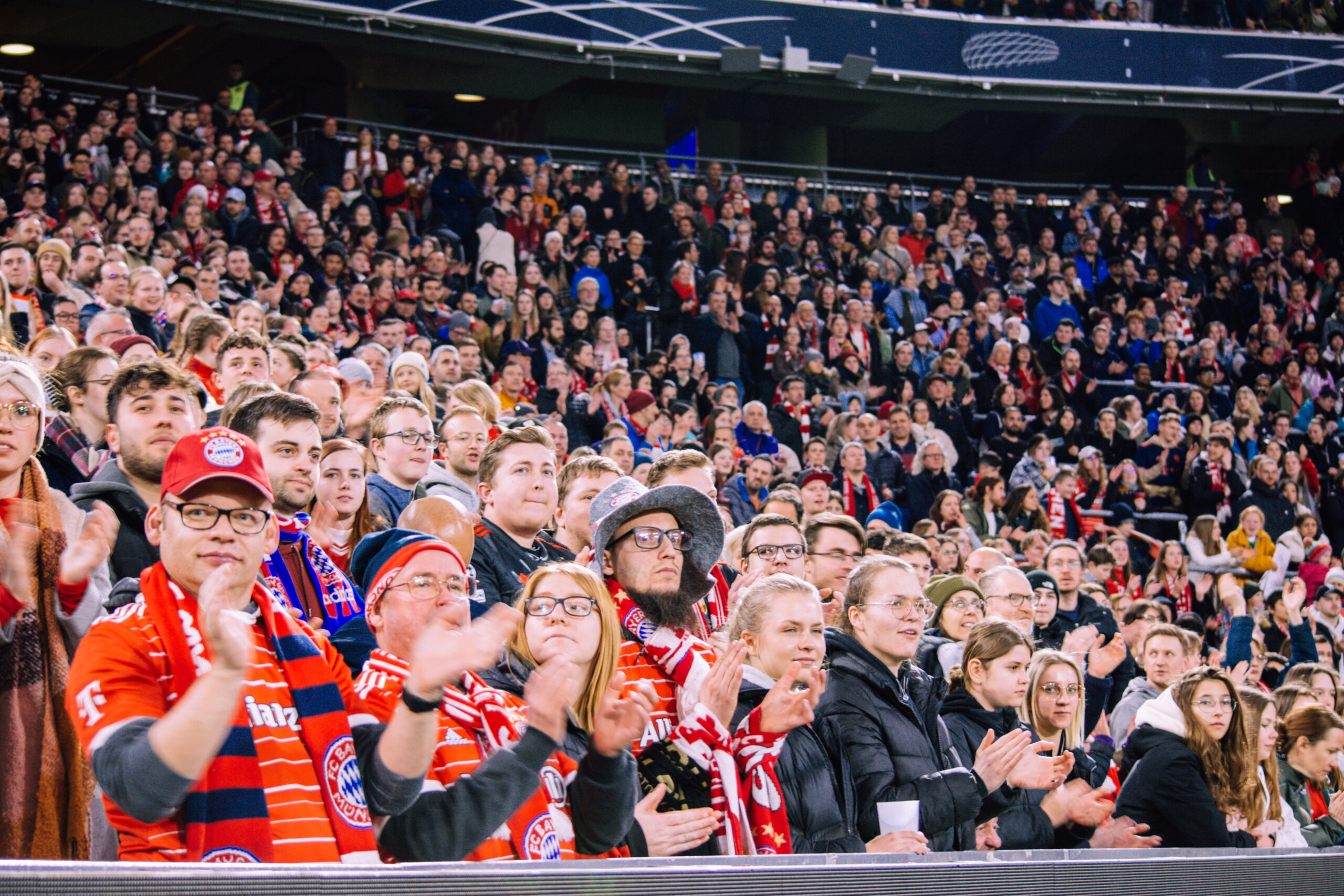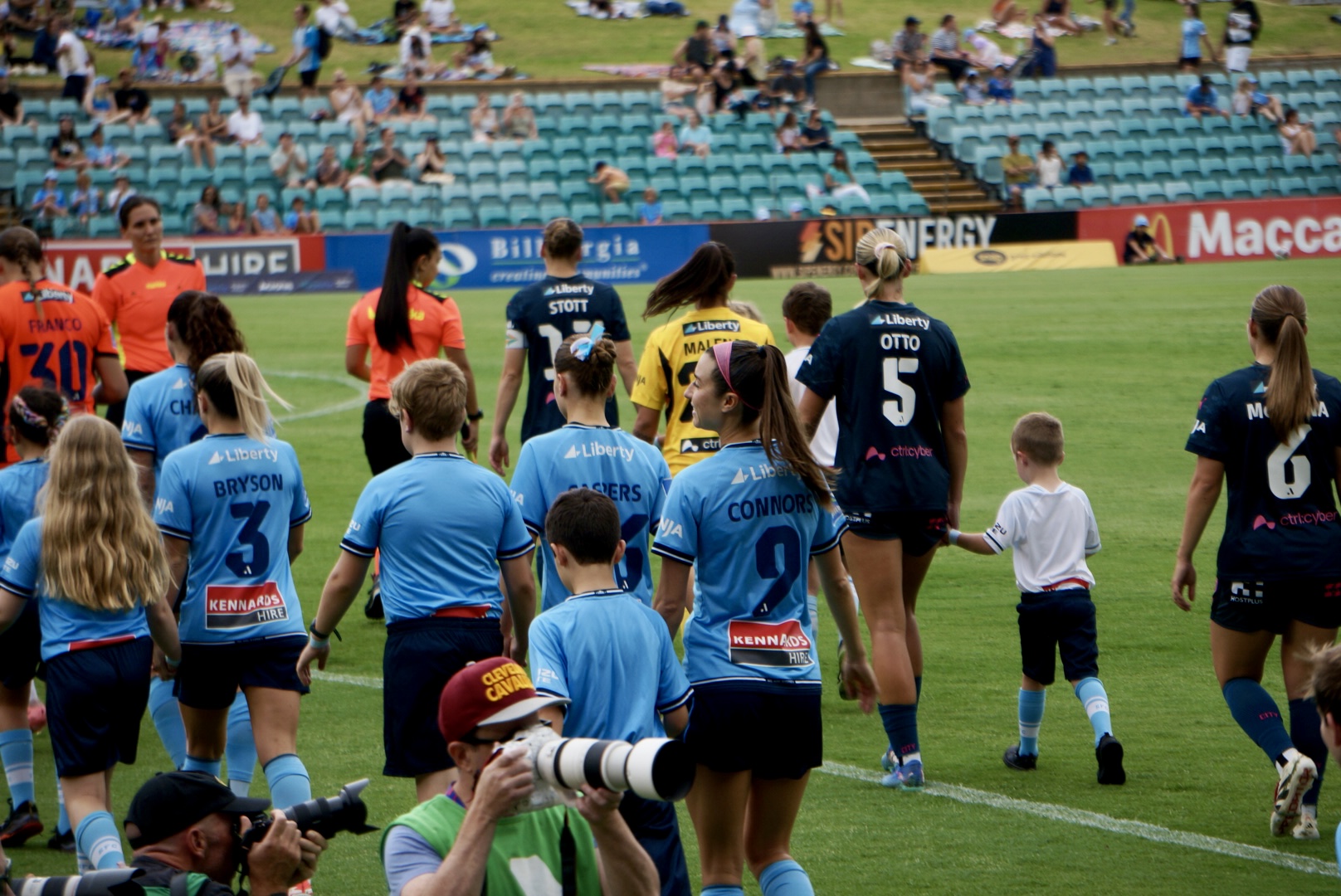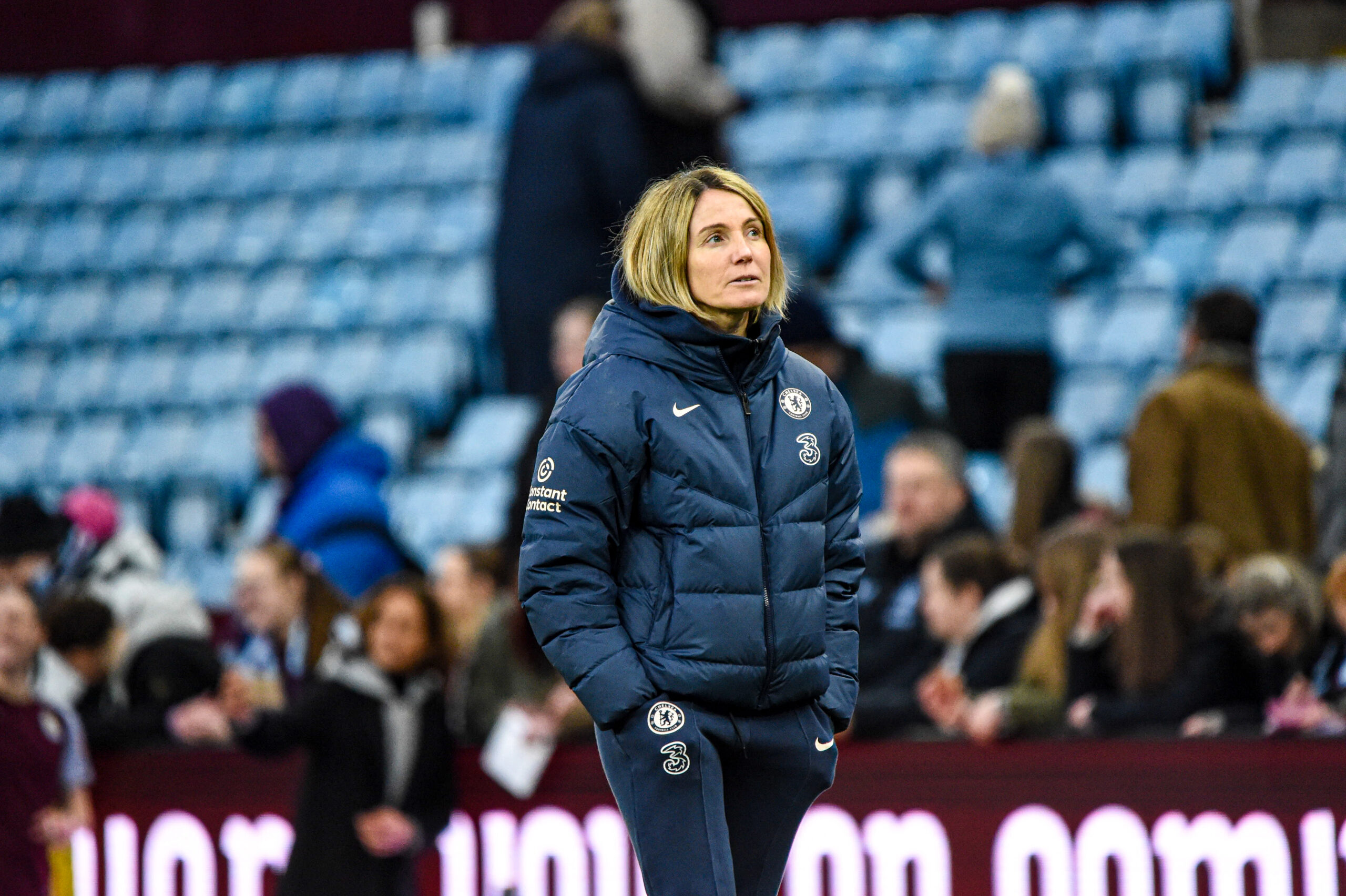The 69th Ballon d’Or awards marked a historic moment for women’s football, introducing new award categories including Kopa Trophy, Yashin Trophy and Gerd Müller Trophy. These long-overdue additions signal a shift toward greater equity and representation in the sport’s most prestigious honours.
Spanish midfielder Aitana Bonmati claimed her third consecutive Ballon d’Or Féminin, becoming the first woman to do so. Her win reinforced her legacy as one of the greats in footballing history but it also sparked debate over transparency and fairness of the Ballon d’Or voting process, especially in the light of standout performances delivered by other nominees.
The football community were quick to highlight the exceptional campaigns of Arsenal’s Alessia Russo and Mariona Caldentey. Both players topped the scoring charts in the UEFA Women’s Champions League, leading Arsenal to a historic victory over Bonmati’s Barcelona in the final. It is a significant achievement that many believed would factor heavily in crowning the Ballon d’Or winner. To top it off, both players contributed significantly to their country’s successful campaign during the UEFA Women’s Euro.
Russo had a sensational international season with 2 goals and 5 assists, helping England win the UEFA Women’s Euro against Spain in the finals. Caldentey also played a pivotal role for her team, finishing the tournament with 2 goals and 4 assists. Bonmatí, by comparison, did not rank among the top scorers or assist providers during the tournament. Despite these statistics, Bonmatí was once again announced winner of the 69th Ballon d’Or, a decision that for many fans and pundits, reinforced the perception that the award is based on influence not excellence.
The Ballon d’Or is awarded based on votes from one journalist from each FIFA-affiliated nation. Nominees are considered based on their team achievements, individual performance and overall impact on the game. However, the process is not fully transparent with no public breakdown of how each vote is weighted. Calls for a reform in the voting process including expanding the pool to include coaches, past players and technical analysts to ensure a broader and more objective evaluation. A greater portion were advocating for greater use of data which should not replace subjective judgement but just act as support.
A notable milestone this year was the presentation of the first ever Women’s Yashin Trophy, awarded to Hannah Hampton. This moment stirred more controversy particularly as it was presented by Mary Earps, who recently announced her retirement from international football. Fans on social media were quick to label the moment as “diabolical”, suggesting it reflected internal tensions within the England squad.
However, in a Linkedin post by Earps, she mentioned how she kept raising the question on why there was no award for Women Goalkeepers at the Ballon d’Or. After years of pushing for it, she was asked to present it. She said in the post,
“That means a lot, not just because of the stage, but because I know the fight it took to get here.”
A long time advocate for women’s football, Earps has been vocal with Nike regarding the non-existence of women’s goalkeeper kits during the FIFA Women’s World Cup 2023 for fans. Earps also mentioned discussions are underway to rename women’s trophies after iconic women, another symbolic step toward reclaiming space in the sport.
In a welcome change, this year’s Ballon d’Or ceremony was scheduled outside the women’s international break, a conflict that has often hindered top female players from attending in previous years. It was a star studded event with many of the game’s biggest names present at the Théâtre du Châtelet in Paris, taking their rightful place on one of football’s grandest stages.
Women’s Champions League winners Arsenal capped their triumph by being crowned Women’s Team of the Year at the Ballon d’Or. Their Champions League triumph was a defining moment of the season under the leadership of Renée Slegers. In her acceptance speech, Renée Slegers emphasised the message, “invest in women, invest in women’s sports. When we do that all of us benefit.”A club that celebrates its players must grow alongside them and Arsenal’s belief in and support for their women’s team is exceptional.
Arsenal’s recognition at the Ballon d’Or is a testament to how backing the women’s game with the same energy and resource as the men’s can yield success and change perceptions. With an average of over 50,000 supporters each game day, Arsenal will be playing all their home games at the Emirates this season. This is a testament to how belief and investment drive success, as seen in the continued growth of women’s football.
The 69th edition of the Ballon D’Or is a reflection of how far the women’s game has come and how far systems of recognition still have to go. Bonmati’s legacy is simply undeniable but true excellence in women’s football deserves to be celebrated. In today’s world where statistics are widely available, it is time performance outrank prestige to award football’s best. Women’s football is not waiting anymore, it is leading and the rest of the sport must catch up.



